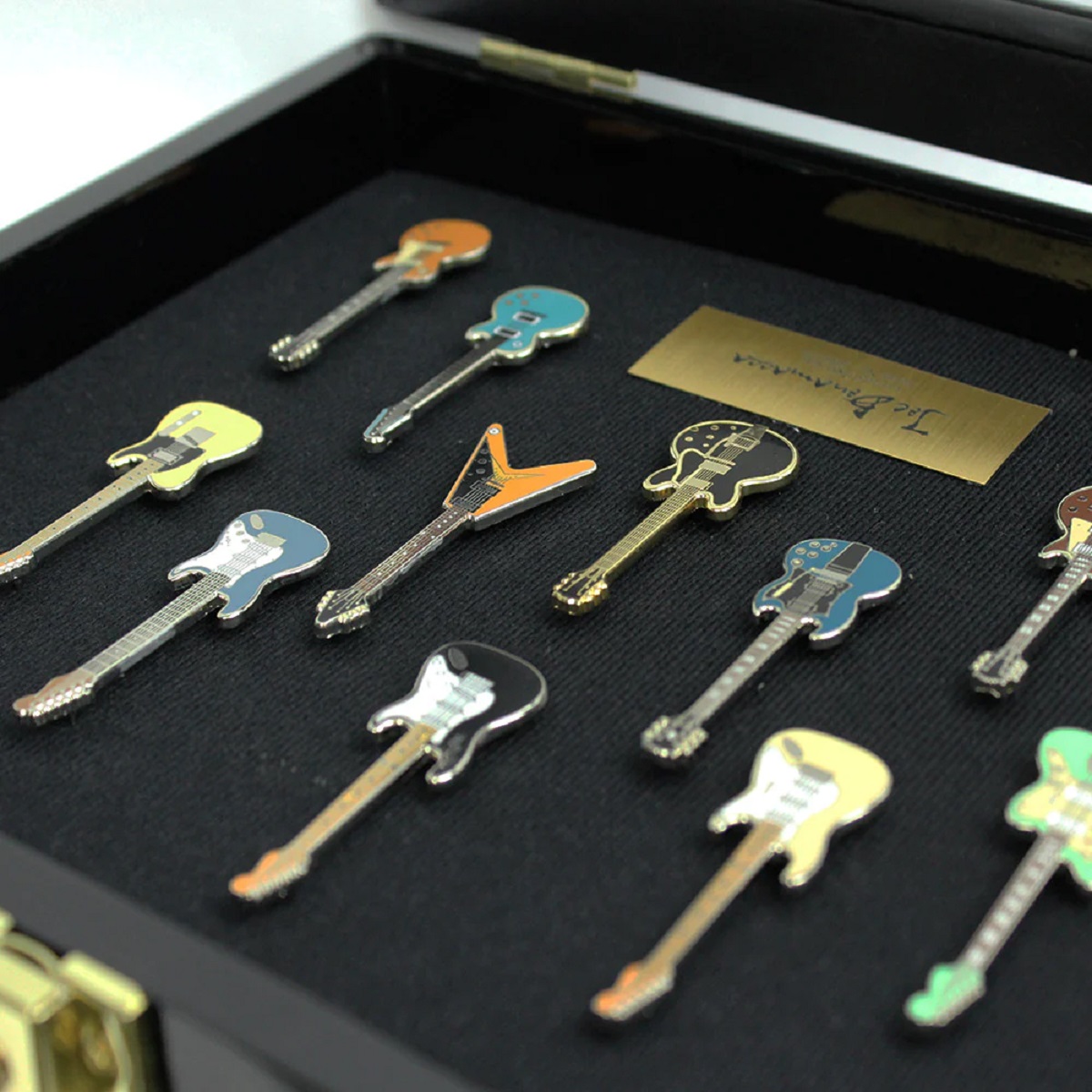

Articles
How To Store Pin Collection
Modified: January 6, 2024
Learn the best way to store your pin collection with these helpful articles. Keep your valuable pins organized and protected for years to come.
(Many of the links in this article redirect to a specific reviewed product. Your purchase of these products through affiliate links helps to generate commission for Storables.com, at no extra cost. Learn more)
Introduction
Welcome to the fascinating world of pin collecting! Whether you’re a novice or a seasoned collector, one of the most important aspects of maintaining and preserving your pin collection is proper storage. A well-organized and secure storage method not only protects your precious pins from damage but also allows you to showcase and enjoy them for years to come.
In this article, we will explore various storage methods, discuss how to assess the size of your pin collection, offer tips on organizing your pins, and explore different display options. We will also cover special considerations for storing certain types of pins, maintaining and cleaning your collection, as well as keeping track of your inventory. Lastly, we will touch upon insurance and security to help you safeguard your valuable pins.
Key Takeaways:
- Proper storage, organization, and maintenance are key to preserving and showcasing a pin collection. Consider storage options, assess collection size, and implement special considerations for different types of pins.
- Keeping track of your pin inventory and securing insurance are essential for protecting your investment. Regular maintenance and cleaning ensure the longevity and beauty of your pin collection.
Read more: How To Store Pins Collection
Choosing the Right Storage Method
When it comes to storing your pin collection, there are several options to consider. The choice depends on factors such as the size of your collection, the types of pins you have, and your personal preferences.
One of the most common storage methods is using pin display cases or shadow boxes. These specialized cases come in various sizes and designs, allowing you to arrange and showcase your pins in a visually appealing manner. Shadow boxes, with their depth and glass front, provide additional protection from dust and humidity.
Another option is pin binders or albums. These typically feature plastic pages with individual pockets where you can safely store and organize your pins. Binders are a practical choice if you have a large collection or frequently rotate the pins you display.
If your collection is relatively small and you prefer a more portable solution, pin trays or small jewelry boxes can be an excellent choice. These allow for easy storage and transport, and some even come with compartments or foam padding to keep pins securely in place.
Assessing the Size of Your Pin Collection
Before deciding on a storage method, it’s important to evaluate the size of your pin collection. This will help you determine how much space you need and what type of storage solution is most suitable.
Start by counting the number of pins you currently have. Take note of any additional pins you plan to acquire in the future as well. This will give you an idea of the overall size and growth potential of your collection.
Next, consider the dimensions of your pins. If you have larger or oversized pins, you may need a storage solution with deeper compartments or pockets. On the other hand, if your pins are mostly small or delicate, you’ll want to choose a storage method that provides adequate protection.
Finally, think about your future collecting goals. If you anticipate your collection growing significantly, it’s wise to choose a storage solution that allows for expansion, such as modular display cases or larger binders with refillable pages.
By using proper storage methods, organizing your collection efficiently, and taking special considerations for certain types of pins, you can ensure the longevity and beauty of your pin collection. Stay tuned for the next sections where we will delve deeper into these topics and provide you with expert tips and advice on maintaining and showcasing your pins.
Key Takeaways:
- Proper storage, organization, and maintenance are key to preserving and showcasing a pin collection. Consider storage options, assess collection size, and implement special considerations for different types of pins.
- Keeping track of your pin inventory and securing insurance are essential for protecting your investment. Regular maintenance and cleaning ensure the longevity and beauty of your pin collection.
Read more: How To Store Pins Collection
Choosing the Right Storage Method
When it comes to storing your pin collection, it’s essential to consider the various options available to you. The ideal storage method will depend on factors such as the size of your collection, the types of pins you have, and your personal preferences.
One popular storage option for pin collectors is using display cases or shadow boxes. These specialized cases come in different sizes and designs, allowing you to arrange and showcase your pins in a visually appealing manner. Display cases often feature a glass front, which not only protects your pins from dust and humidity but also allows you to enjoy the beauty of your collection. Shadow boxes, with their added depth, offer the flexibility to display pins with additional items such as photographs or memorabilia.
If you prefer a more organized and portable solution, pin binders or albums are a fantastic choice. These binders typically come with plastic pages that have individual pockets where you can safely store and organize your pins. Pin binders are a practical option if you have a large collection or if you frequently rotate the pins on display. They are also great for transportation, as the binder format allows for easy portability.
For collectors with smaller collections or those seeking a more compact storage solution, pin trays or small jewelry boxes can be suitable options. Pin trays are shallow containers with compartments that allow you to arrange your pins in an organized manner. They are perfect if you want to have quick access to your pins or if you frequently change the arrangement. Small jewelry boxes, on the other hand, provide a secure and compact storage option, often lined with fabric or foam padding to protect your pins from scratches.
When choosing a storage method, it is essential to consider the type of pins in your collection. For example, if you collect lapel pins with delicate enamel, it is crucial to choose a storage option that provides proper cushioning and protection. In contrast, if you collect pins with sharp or protruding elements, a display case with individual compartments can help prevent them from scratching or damaging other pins.
Lastly, consider your personal preferences and the overall aesthetic you want to achieve. Some collectors prefer a minimalist look, where the pins are the focal point, while others may enjoy a more decorative display. Choose a storage method that aligns with your style and complements the overall decor of the space where your collection will be showcased.
By selecting the right storage method for your pin collection, you can ensure the safety, organization, and enjoyment of your pins. In the following sections, we will dive deeper into organizing your collection by theme or type, exploring different display options, and addressing special considerations for storing certain types of pins.
Assessing the Size of Your Pin Collection
Before diving into organizing and storing your pin collection, it’s important to assess the size of your collection. Understanding the size of your collection will help you determine the appropriate storage method and ensure that it can accommodate your pins.
The first step in assessing your pin collection is to count the number of pins you currently have. Take inventory of each pin, noting any duplicates or variations within your collection. This will give you a baseline number to work with and help you estimate the amount of storage space you will need.
Next, consider your collecting goals and how your collection may grow in the future. Are you planning to actively acquire new pins? Do you anticipate your collection expanding over time? Understanding your collecting habits and aspirations will help you choose a storage method that can accommodate your current and future pins.
When evaluating your pin collection, it’s also essential to consider the size and dimensions of your pins. Some pins may be larger or have unique shapes that require specialized storage options. For example, if you collect oversized pins, you may need display cases or shadow boxes with deeper compartments to accommodate them properly.
Additionally, take note of any pins that require extra care and attention due to their fragility or value. These may include pins with delicate enamel, precious metals, or intricate designs. Storing these pins in individual compartments or protective sleeves can help prevent damage and preserve their condition.
As you assess the size of your collection, don’t forget to consider any additional accessories, such as pin backings or presentation cards, associated with your pins. These items also require proper storage and should be taken into account when determining the space you’ll need.
Finally, think about the available space you have in your home or display area. Do you have a dedicated room or shelf for your collection, or do you need to utilize a smaller space? Understanding the physical limitations of your storage area will help you select a storage method that fits within those constraints.
Remember, periodically reassessing the size of your pin collection is crucial as it grows and evolves. Regularly evaluating the space and storage methods will allow you to make adjustments as needed, ensuring that your pins remain organized and well-maintained.
By taking the time to assess the size of your pin collection, you can find the most appropriate storage method and ensure that your pins are adequately protected and displayed. In the next section, we will explore various strategies for organizing your pin collection by theme or type.
Read more: How To Store Pins
Organizing Your Pin Collection by Theme or Type
One of the key aspects of maintaining a well-organized pin collection is to establish a systematic approach to organizing your pins. Grouping your pins by theme or type not only makes it easier to find specific pins but also enhances the overall visual appeal of your collection.
When organizing your pin collection, consider the various themes or categories that your pins fall into. This could be based on the subject matter, such as sports, movies, or travel, or it could be based on a particular interest or hobby that you have. By grouping your pins according to these themes, you create a cohesive and visually appealing display.
Once you have identified the themes, you can further categorize your pins within each theme based on type or style. For example, if you collect sports pins, you can separate them into sub-categories such as baseball, football, or basketball. If you collect Disney pins, you can group them by characters, movies, or parks.
There are various methods you can use to physically organize your pins within each category. One popular option is to use pin boards, corkboards, or foam boards to create a display wall. You can arrange your pins in a visually pleasing pattern, such as by creating a larger image or design using the pins. This method allows for easy customization and rearrangement of your pins as your collection grows.
Another option is to utilize pin binders or albums with dedicated pages for each category. You can arrange your pins within the plastic pockets in a way that makes sense to you, such as chronologically or based on the value of the pins. This method is ideal for collectors who want to store and protect their pins while still being able to flip through and admire their collection.
If you have a larger collection, investing in display cases or shadow boxes with compartments can be an excellent choice. You can assign each compartment to a specific theme or category and arrange your pins within them accordingly. This method not only keeps your pins organized but also provides added protection from dust and humidity.
Remember to label each category or theme clearly to make it easier for you and others to identify and find specific pins. You can use labels, tags, or even small signs to ensure that your pins are properly categorized and easily accessible.
Regularly assess your collection and make adjustments to your organization system as needed. As you acquire new pins or as your interests change, you may need to create new categories or modify existing ones to accommodate your expanding collection.
By organizing your pin collection by theme or type, you not only create a visually appealing display but also make it easier to navigate and enjoy your pins. In the next section, we will explore different display options for showcasing your pin collection.
Store your pin collection in a shadow box or display case to keep them organized and protected. Use a soft backing material to pin them in place and prevent damage.
Display Options for Your Pin Collection
Once you have organized your pin collection, the next step is to explore the various display options available to showcase your pins. Displaying your pins not only allows you to enjoy their beauty but also serves as a conversation starter and a way to share your collecting passion with others. Here are some display options to consider:
1. Pin Display Cases: Pin display cases are a popular choice for showcasing a large collection or specific themes. These cases typically have a glass front and individual compartments or trays where you can neatly arrange your pins. The glass front offers protection from dust and allows for easy viewing. Choose a case that complements the aesthetic of your collection and consider options with built-in lighting to enhance the visual appeal.
2. Shadow Boxes: Shadow boxes are similar to display cases but have more depth, allowing for creative displays. They provide an opportunity to add additional elements, such as photographs, postcards, or small props, to create a visually stunning arrangement with your pins. Shadow boxes are particularly well-suited for thematic displays where you can tell a story or capture a specific memory associated with your pins.
3. Pin Boards: Pin boards are versatile and customizable options for displaying your pin collection. These can be simple corkboards or foam boards where you can pin your pins directly, or they can be fabric-covered boards lined with ribbons or mesh where you can attach your pins. Pin boards offer flexibility in arranging and rearranging your pins, making them ideal for collectors who like to change their displays frequently or have a growing collection.
4. Framed Displays: If you want to elevate your pin collection into a true work of art, consider framing your pins. This involves mounting your pins on a backing board, arranging them in an aesthetically pleasing pattern, and then placing them in a frame. Framed displays make a stunning wall art piece and can add a touch of elegance to any room. You can choose from a variety of frame styles, sizes, and colors to match your decor.
5. Rotating Displays: For collectors who have a vast collection but limited display space, rotating displays can be a practical option. This could involve using a rotating base or display stand, allowing you to showcase different sets of pins at different times. Rotating displays are especially useful for collectors who like to change their displays frequently or have limited wall space.
6. Portable Displays: If you attend pin trading events or conventions, having a portable display option is essential. Portable displays come in various forms, such as foldable display boards, pin trays with lids, or even small travel cases with compartments. These allow you to take your collection on the go and provide a professional-looking setup for showcasing your pins at events.
Remember to consider the size and weight of your pins when selecting display options. Delicate or heavy pins may require additional support or specialized display stands to ensure proper showcasing and prevent any damage.
Ultimately, the choice of display options depends on your personal preference, available space, and the overall aesthetic you want to achieve with your pin collection. Experiment with different display methods to find the one that best showcases the beauty and uniqueness of your pins.
Next, we will discuss special considerations for storing pins with unique characteristics or materials, ensuring their long-term preservation and beauty.
Storing Pins with Special Considerations
When it comes to storing your pin collection, it’s important to consider any special considerations or unique characteristics that certain pins may have. Pins with special materials or delicate designs require extra care to ensure their long-term preservation and beauty. Here are some special considerations to keep in mind:
1. Delicate Enamel Pins: Enamel pins are a popular choice among collectors, but they can be prone to scratching or chipping. To protect these pins, consider storing them individually in small plastic bags or sleeves. This will prevent them from rubbing against other pins and minimize the risk of damage. Additionally, avoid handling enamel pins with dirty or oily fingers, as this can lead to discoloration over time.
2. Precious Metal Pins: Pins made from precious metals, such as gold or silver, require specialized care to maintain their shine and value. Store these pins in tarnish-resistant pouches or anti-tarnish paper to prevent oxidation. Avoid exposing them to harsh chemicals or abrasive materials, as this can damage the metal finish. Regularly clean precious metal pins with a soft cloth to remove any dirt or oils and keep them looking their best.
3. Rhinestone or Gemstone Pins: Pins adorned with rhinestones or gemstones require gentle handling and storage. Avoid placing heavy objects on top of these pins, as the pressure can dislodge or damage the stones. Store them in individual compartments or use cushioned trays to keep the pins secure and prevent any scratching or movement. If the stones become dirty, gently clean them with a soft, damp cloth to maintain their sparkle.
4. Vintage or Antique Pins: Vintage or antique pins may have unique materials or delicate features that require special care. Handle these pins with caution and avoid exposing them to extreme temperatures or direct sunlight, as this can cause fading or deterioration. Consider storing vintage or antique pins in acid-free tissue paper or archival-grade sleeves to protect them from moisture and discoloration.
5. Pins with Protruding Parts: Some pins may have protruding parts, such as danglers or moving pieces. When storing these pins, make sure that the moving parts are secure and not at risk of getting caught or damaged. If the pins are particularly fragile, consider using foam padding or soft materials to protect them from any impact or pressure.
6. Limited Edition or Valuable Pins: If you have limited edition or valuable pins in your collection, it’s crucial to store them in a secure and safe location. Consider using lockable display cases or storage boxes to protect these pins from theft or accidental damage. It’s also recommended to keep a detailed inventory or log of your valuable pins, including their condition and estimated value, for insurance or appraisal purposes.
Regularly inspect your pin collection for any signs of damage or wear, and take appropriate steps to address any issues promptly. By paying attention to the unique characteristics of your pins and providing them with the necessary care and protection, you can ensure the longevity and beauty of your collection.
In the next section, we will discuss tips for maintaining and cleaning your pin collection, ensuring that your pins remain in top condition.
Maintaining and Cleaning Your Pin Collection
Regular maintenance and proper cleaning are important for keeping your pin collection in top condition and preserving its beauty. Here are some tips to help you maintain and clean your pins:
1. Handling Your Pins: When handling your pins, it’s advisable to hold them by the pin’s stem or back and avoid touching the front or any delicate areas. This prevents the transfer of oils, dirt, and grime from your hands to the pin’s surface, which could lead to discoloration or damage. If necessary, use cotton gloves or clean, dry fingers when working with your pins.
2. Avoid Excessive Moisture or Humidity: Moisture and humidity can cause pins to tarnish, corrode, or suffer damage over time. Store your pins in a dry and well-ventilated area, and avoid storing them in places prone to moisture, such as bathrooms or basements. If you live in a humid climate, consider using moisture-absorbing packets or silica gel packs within your storage containers to help maintain optimal conditions.
3. Cleaning Your Pins: Regularly cleaning your pins helps remove dust, oils, and other debris that can accumulate on their surfaces. Use a soft, lint-free cloth or a microfiber cloth to gently wipe the pins clean. Avoid using abrasive materials or harsh chemicals that could scratch or damage the pin’s surface. If necessary, you can use a mild detergent diluted in water to clean the pins, but be sure to rinse them thoroughly and dry them completely before storing them.
4. Removing Tarnish: If your pins have tarnished over time, there are various methods for removing tarnish and restoring their shine. One popular method is using a polishing cloth designed specifically for jewelry or metal cleaning. Gently rub the tarnished areas to remove the tarnish and restore the pin’s luster. Alternatively, you can create a homemade cleaning solution by mixing mild dish soap with warm water and using a soft toothbrush or cotton swab to gently scrub the tarnished areas. Rinse the pins thoroughly and dry them completely before storing.
5. Preventing Damage During Cleaning: When cleaning your pins, take precautions to prevent any accidental damage. Avoid applying excessive pressure or scrubbing forcefully, as this can scratch or bend the pin. For pins with delicate enamel or gemstones, use a soft, damp cloth or a small brush to clean around the intricate areas. If you’re uncertain about cleaning a particular type of pin, it’s best to seek advice from a professional pin restorer or collector.
6. Regular Inspections: Periodically inspect your pin collection for any signs of damage or deterioration. Look for loose or damaged pin backs, chipped enamel, loose stones, or any other visible issues. Address any problems promptly, whether it’s repairing or replacing the pin back or seeking professional assistance for more intricate repairs. Regular inspections allow you to catch any issues early on and prevent further damage.
Remember to store your clean and dry pins in an appropriate storage method, such as display cases, pin boards, or binders, to protect them from dust, moisture, and accidental damage. Avoid overcrowding the storage containers to prevent pins from rubbing against each other and potentially causing scratches.
By following these maintenance and cleaning tips, you can ensure that your pin collection remains in excellent condition, allowing you to enjoy it for years to come. In the next section, we will discuss the importance of keeping track of your pin inventory and provide tips on how to do so efficiently.
Read more: How To Store Disney Pins
Keeping Track of Your Pin Inventory
As your pin collection grows, it becomes increasingly important to have an organized system for keeping track of your pins. Having an inventory of your pins allows you to easily locate specific pins, track your collection’s growth, and provide essential information for insurance or appraisal purposes. Here are some tips for keeping track of your pin inventory:
1. Create a Digital or Physical Inventory: Decide whether you prefer a digital or physical inventory system. A digital inventory can be created using spreadsheet software, such as Excel or Google Sheets, allowing you to easily update and search for specific pins. A physical inventory can be created using a dedicated pin inventory book or a binder with pages for each pin. Choose the method that suits your preference and organizational style.
2. Capture Essential Information: Include relevant information for each pin in your inventory. This may include the pin’s name or title, manufacturer, release date, edition size, any notable characteristics, and the pin’s condition. You can also include additional details, such as the acquisition date, purchase price, or sentimental value associated with the pin. The more comprehensive your information, the more valuable your inventory becomes as a resource.
3. Assign Unique Identifiers: Assigning unique identifiers, such as a catalog number or a code, to each of your pins can help streamline your inventory and make it easier to locate specific pins. This can be as simple as numbering each pin consecutively or using a combination of letters and numbers to categorize the pins by theme or type.
4. Organize by Themes or Categories: Group your pins in your inventory according to themes or categories that make the most sense to you. This could be based on subjects, locations, characters, or any other classification that reflects your collecting interests. Maintaining a logical and organized structure in your inventory will make it easier to navigate and reference in the future.
5. Take Photos: Consider including visual references for each pin in your inventory. Take clear and detailed photos of the front and back of each pin. This helps in identifying and verifying the pins in your collection and can serve as a visual record for insurance or appraisal purposes.
6. Regularly Update Your Inventory: Make it a habit to update your inventory regularly as you acquire new pins or make changes to your collection. Note any additions, removals, or changes in the condition of the pins. This ensures that your inventory remains accurate, up-to-date, and reflective of your evolving collection.
7. Back up Your Inventory: If you choose to maintain a digital inventory, be sure to back up your data regularly to prevent any loss or corruption. You can store the spreadsheet or inventory file in a cloud storage service or on an external hard drive to ensure its safety. For physical inventories, consider making photocopies or scanning the pages to have a duplicate copy.
8. Review and Evaluate: Periodically review and evaluate your pin inventory to identify any gaps or areas for improvement. This may include identifying pins that may need additional information, updating the condition of pins, or reassessing the organization of your inventory. Regularly reviewing your inventory allows you to maintain accuracy and make necessary adjustments.
Keeping an organized and accurate pin inventory not only helps you keep track of your collection but also provides a valuable resource for sharing information, managing your pins, and protecting your investment. In the next section, we will discuss the importance of insurance and security for your pin collection.
Insurance and Security for Your Pin Collection
When it comes to your pin collection, it’s crucial to consider both insurance and security measures to protect your investment. Your collection may have both financial and sentimental value, making it important to safeguard against potential risks. Here are some considerations for insurance and security:
1. Assess the Value of Your Collection: Start by assessing the value of your pin collection. Consider factors such as the rarity, condition, and desirability of your pins. This will help you determine the appropriate amount of insurance coverage needed to protect your pins adequately.
2. Consult with Your Insurance Provider: Speak with your insurance provider to understand your options for insuring your pin collection. They can guide you through the process and provide information on coverage limits, exclusions, and any additional requirements or documentation needed to insure your collection.
3. Get Appraisals: Consider getting professional appraisals for valuable or rare pins in your collection. An appraisal provides documented proof of the value of your pins, which can be beneficial for insurance purposes and establishing replacement value in the event of loss or damage.
4. Review Your Homeowner’s or Renter’s Insurance Policy: Check your existing homeowner’s or renter’s insurance policy to understand if it covers your pin collection. Some policies may have limited coverage or exclude collectibles. In such cases, you may need to explore additional insurance options, such as a standalone collectibles policy or a rider specifically tailored to cover your pin collection.
5. Document Your Collection: Take inventory of your pins and document them with detailed descriptions, photographs, and any accompanying appraisals. Keep a digital or physical copy of this documentation, as well as any receipts or proof of purchase, in a secure location. This will help streamline the claims process and provide evidence of the items in your collection.
6. Implement Security Measures: Enhance the security of your pin collection by implementing measures such as installing a home security system with alarms and surveillance cameras, or using a locked safe or cabinet to store your pins. Ensure that your storage method provides adequate protection against theft, fire, and environmental factors.
7. Consider Pin Show Insurance: If you attend pin trading events, conventions, or display your collection in public settings, consider obtaining pin show insurance. This type of insurance may provide coverage for loss, theft, or damage during pin-related events and exhibitions.
8. Maintain Records of Transactions: Keep records of any pin purchases, sales, or trades you make to demonstrate ownership and value. This includes maintaining copies of invoices, receipts, or any relevant documentation related to acquiring or parting with your pins.
Remember to periodically review and update your insurance coverage as your pin collection evolves. Notify your insurance provider of any significant additions or changes in the value of your collection to ensure that you have appropriate coverage.
By securing insurance coverage specific to your pin collection and implementing security measures, you can have peace of mind knowing that your pins are protected. In the following section, we will conclude our discussion with a summary of key points and the importance of preserving and enjoying your pin collection.
Conclusion
Congratulations on embarking on your journey as a pin collector! By following the tips and considerations outlined in this article, you can ensure that your pin collection is not only well-organized and visually appealing but also properly protected and maintained.
Choosing the right storage method for your pin collection is crucial. Consider factors such as the size of your collection, the types of pins you have, and your personal preferences. Whether it’s display cases, shadow boxes, pin binders, or pin trays, find a storage solution that suits your needs and allows you to showcase your collection to its best advantage.
Assessing the size of your pin collection helps you determine the space requirements and storage methods that best accommodate your pins. Organizing your pins by theme or type allows for easier navigation and enhances the overall visual appeal of your collection. Consider using pin boards, display cases with compartments, or even framed displays to showcase your pins creatively.
Special considerations must be taken into account for certain pins, such as those with delicate enamel, precious metals, or gemstones. Proper storage and handling techniques are essential to preserve their beauty and value. Regular cleaning and maintenance keep your pins looking their best, while inspections ensure any issues are addressed promptly.
Keeping an inventory of your pin collection is a valuable practice, helping you track your pins, document their details, and provide important information for insurance or appraisal purposes. Utilize a digital or physical inventory system, capture essential information, and regularly update it as your collection grows.
Insurance and security measures are vital to protect your pin collection. Consult with your insurance provider to ensure that your pins are adequately covered. Take precautions such as implementing security measures at home, keeping documentation of your collection, and considering specialized insurance for pin shows or events.
In conclusion, preserving and enjoying your pin collection is a rewarding endeavor. By employing proper storage, organization, maintenance, and security measures, you can protect the value and beauty of your pins for years to come. Remember, above all, to appreciate and share the joy of pin collecting with others who share your passion!
Frequently Asked Questions about How To Store Pin Collection
Was this page helpful?
At Storables.com, we guarantee accurate and reliable information. Our content, validated by Expert Board Contributors, is crafted following stringent Editorial Policies. We're committed to providing you with well-researched, expert-backed insights for all your informational needs.
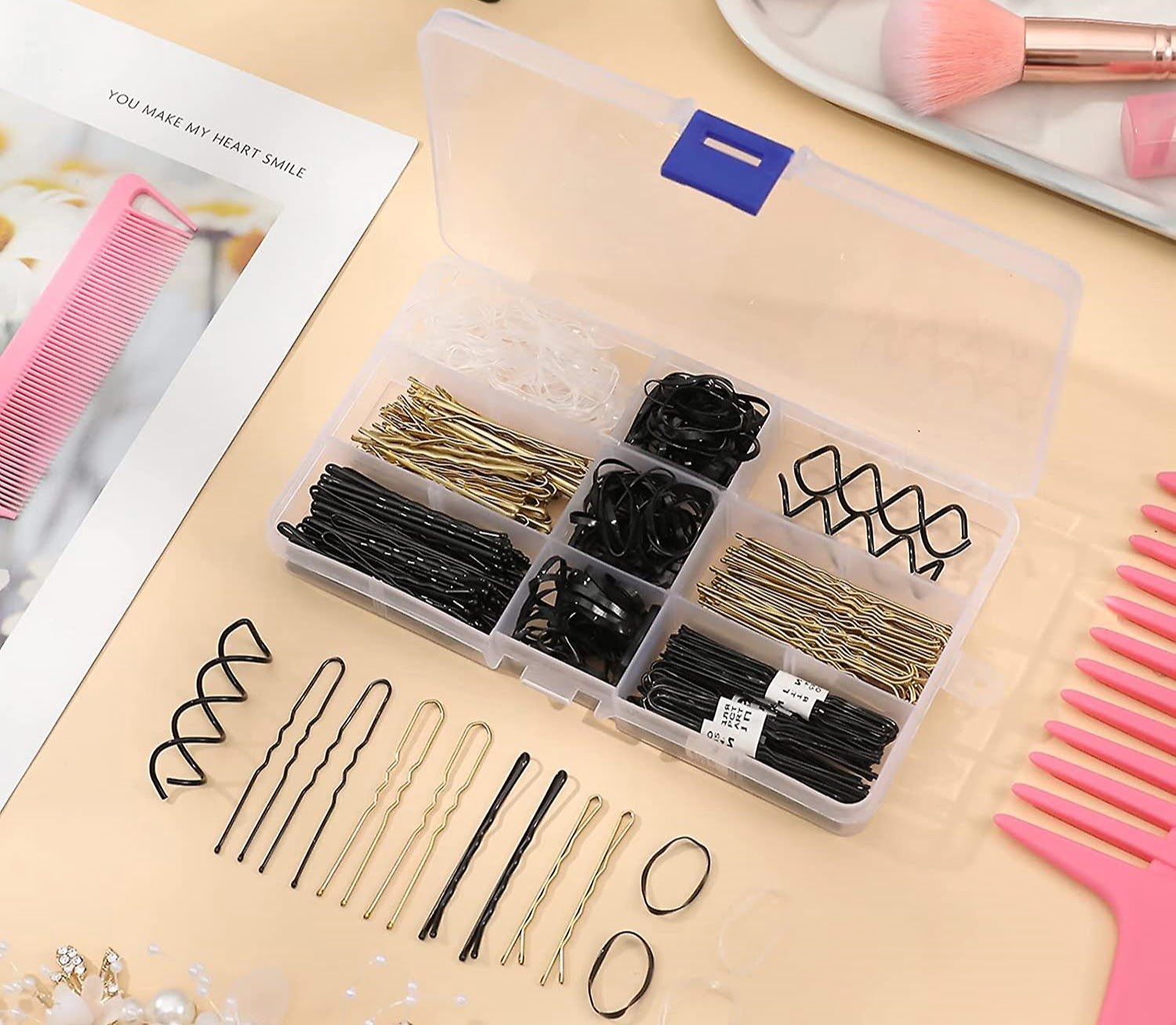
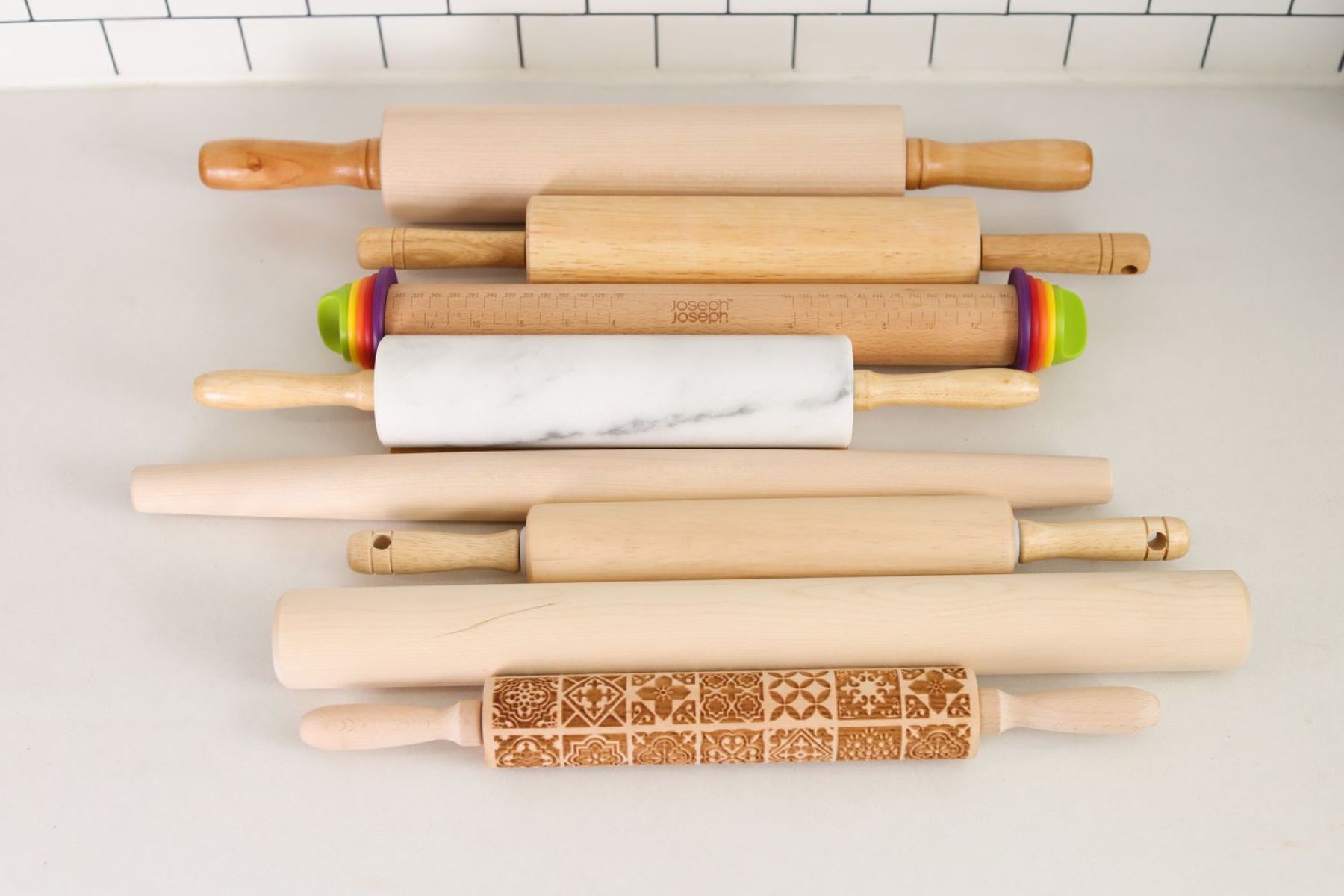
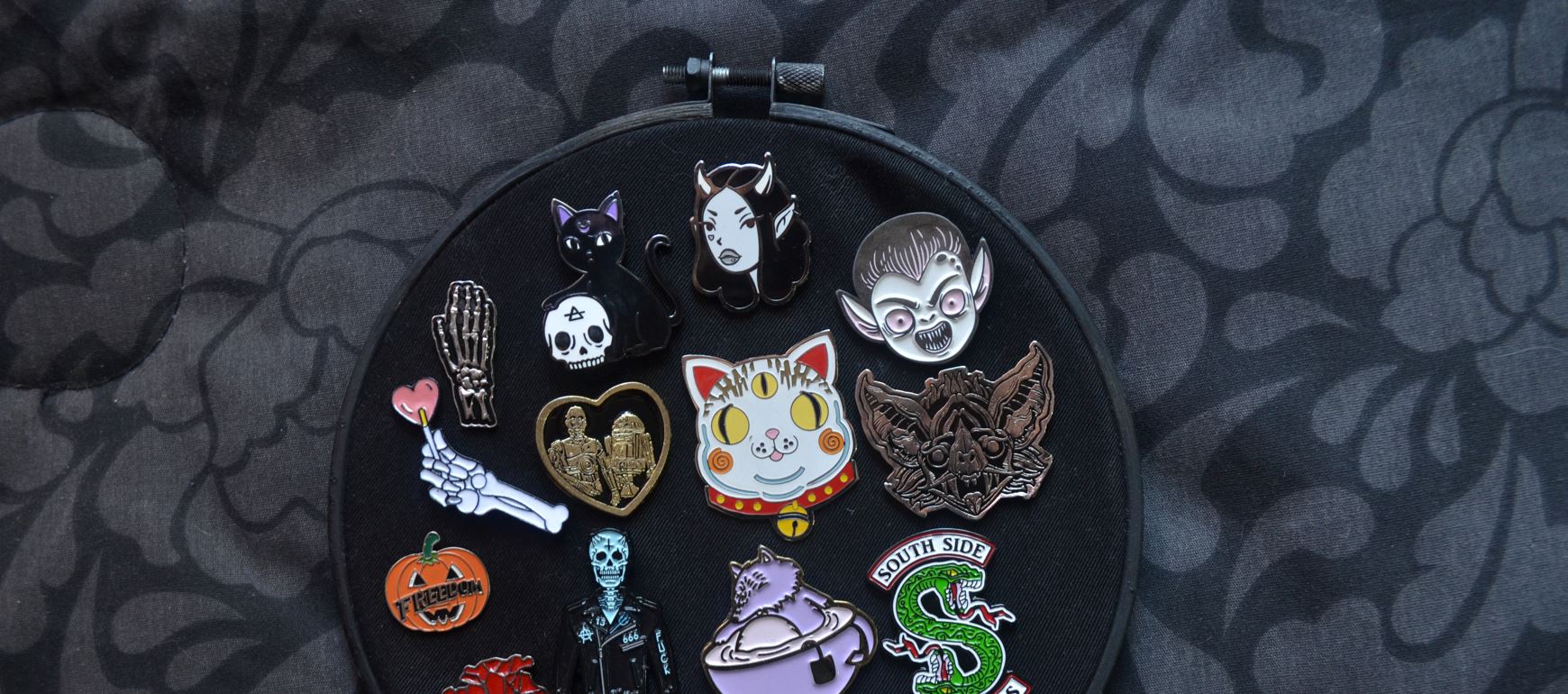

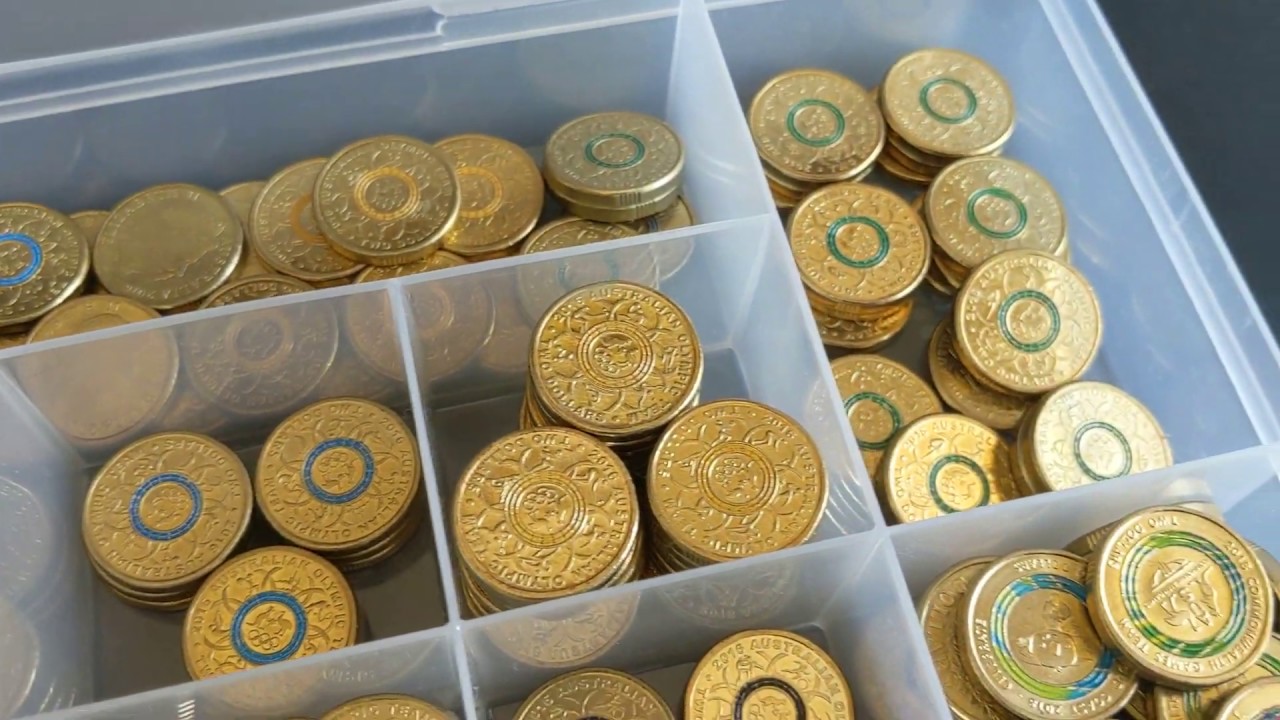


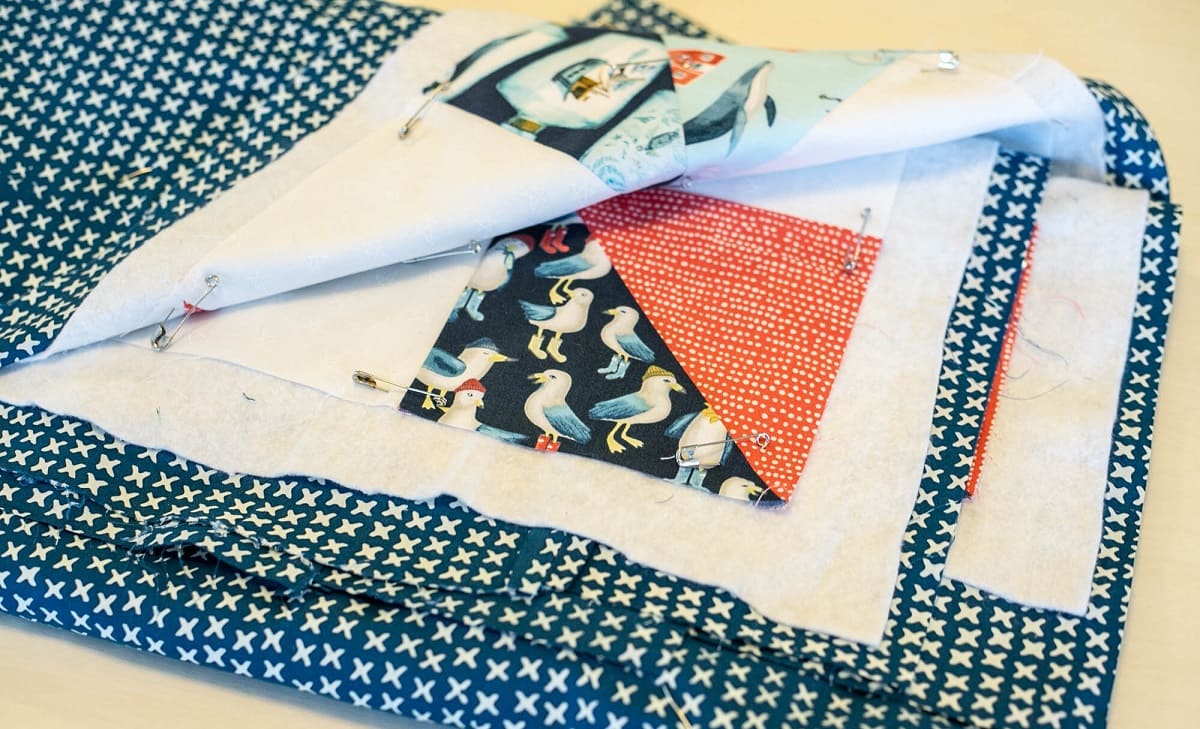
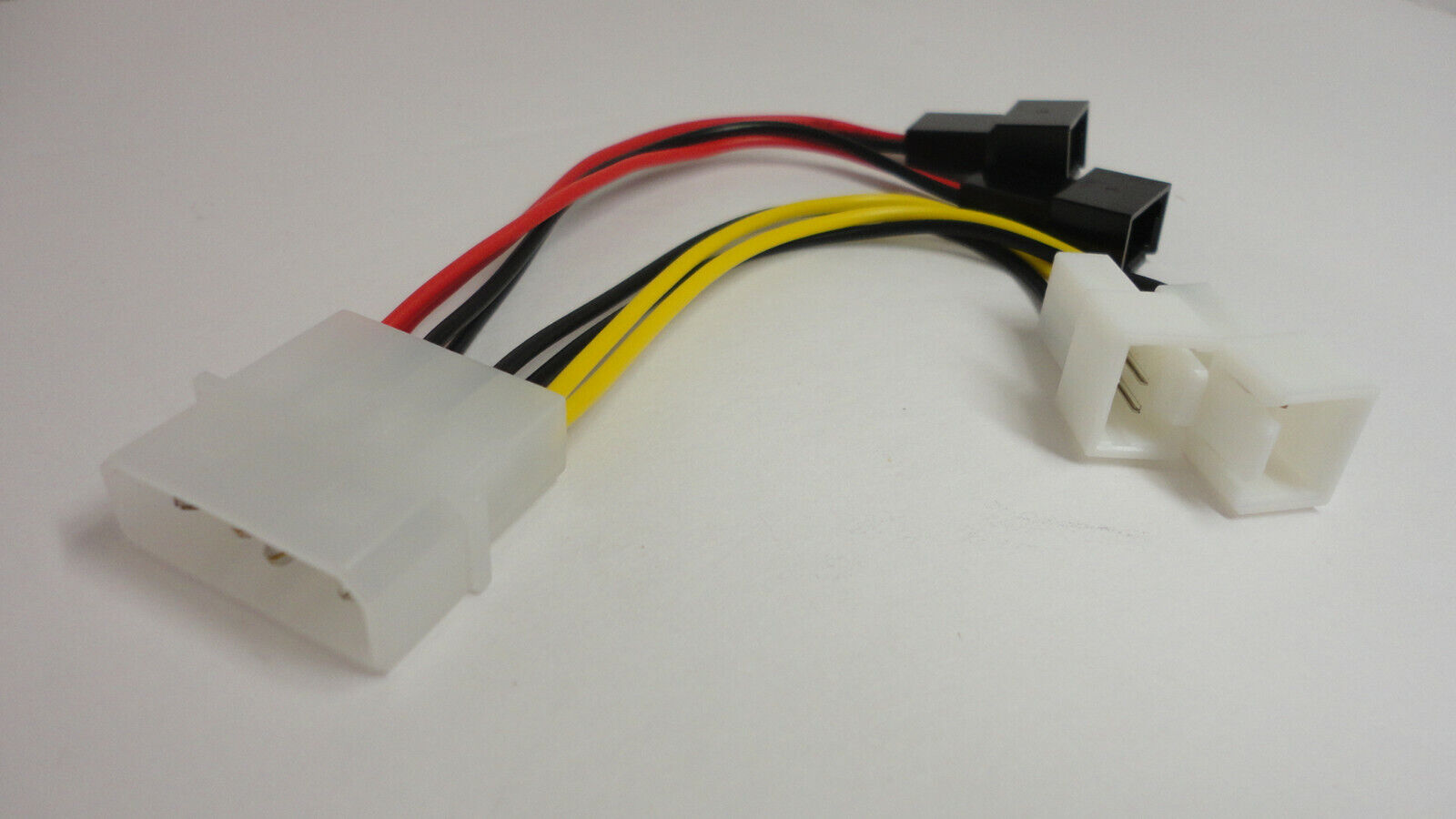
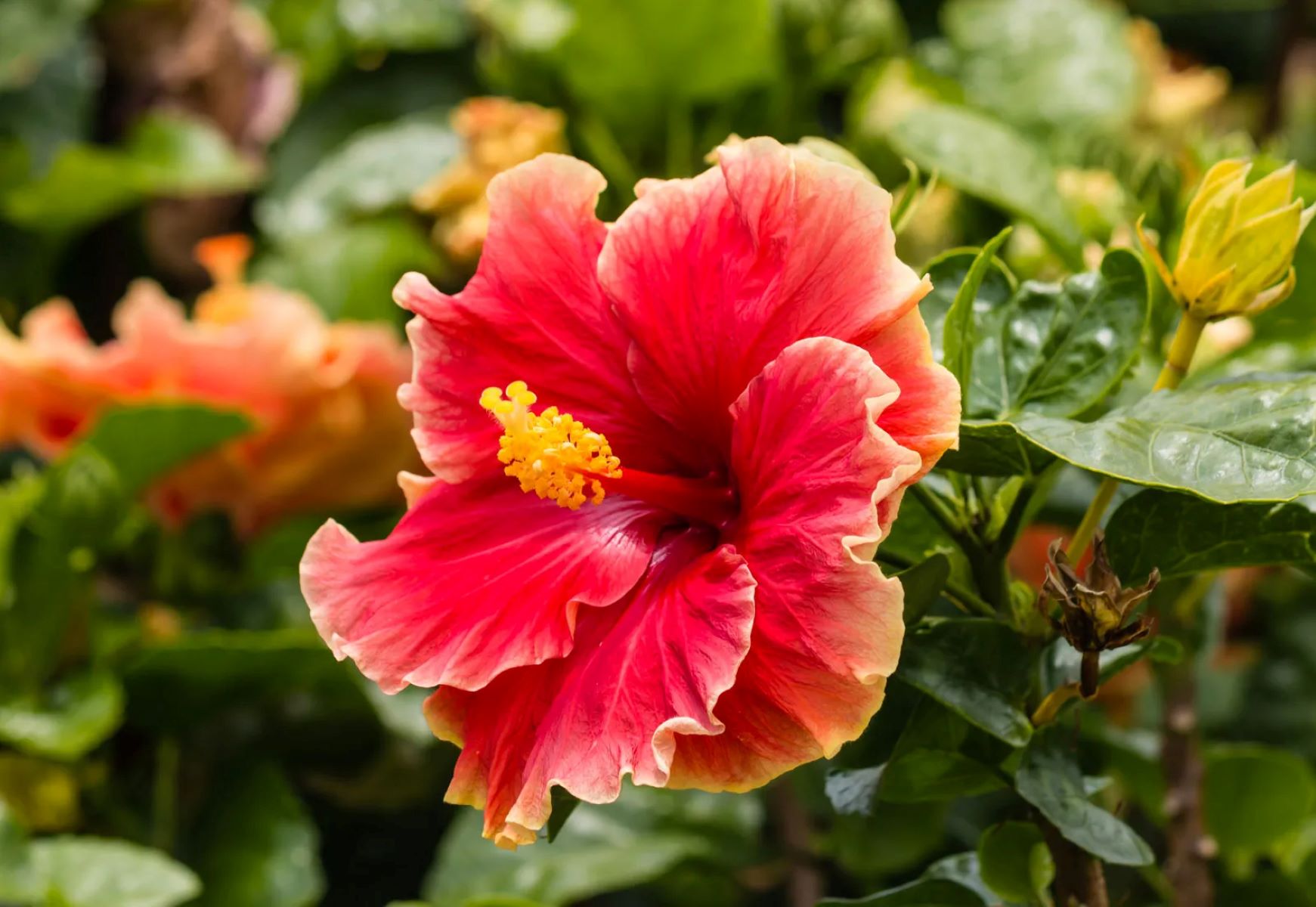
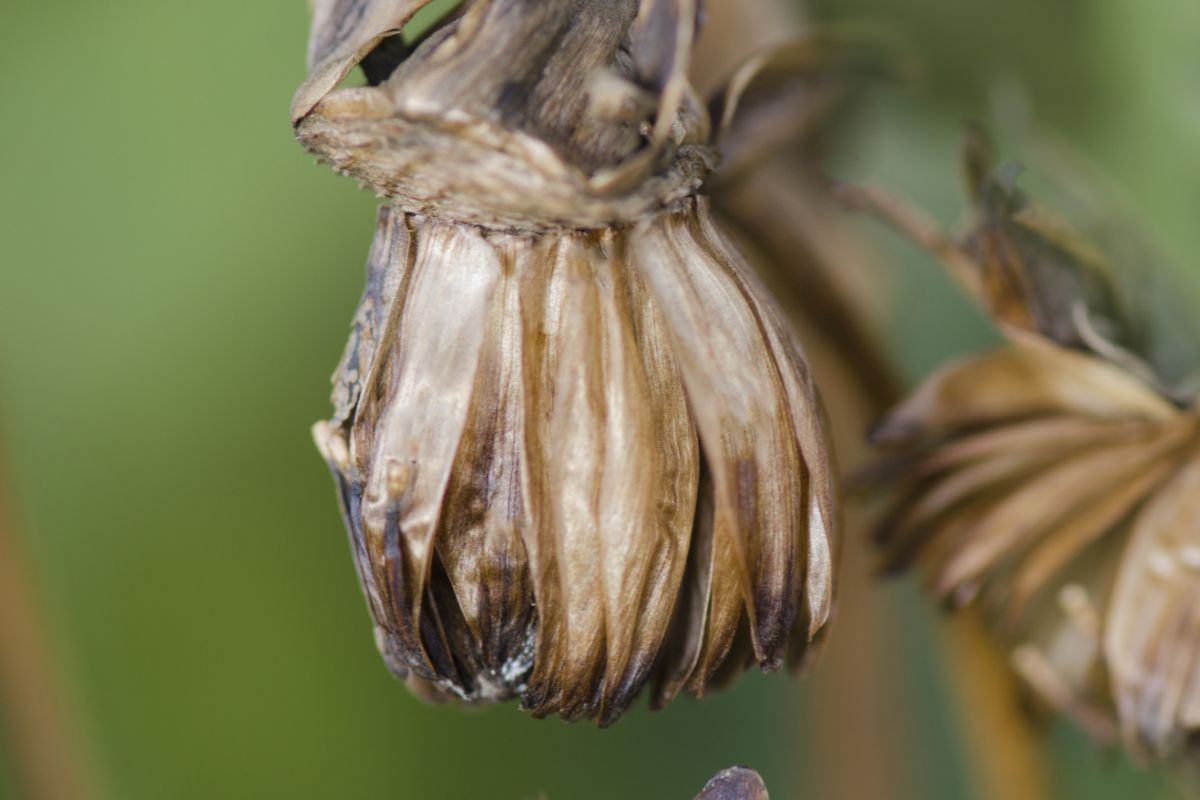
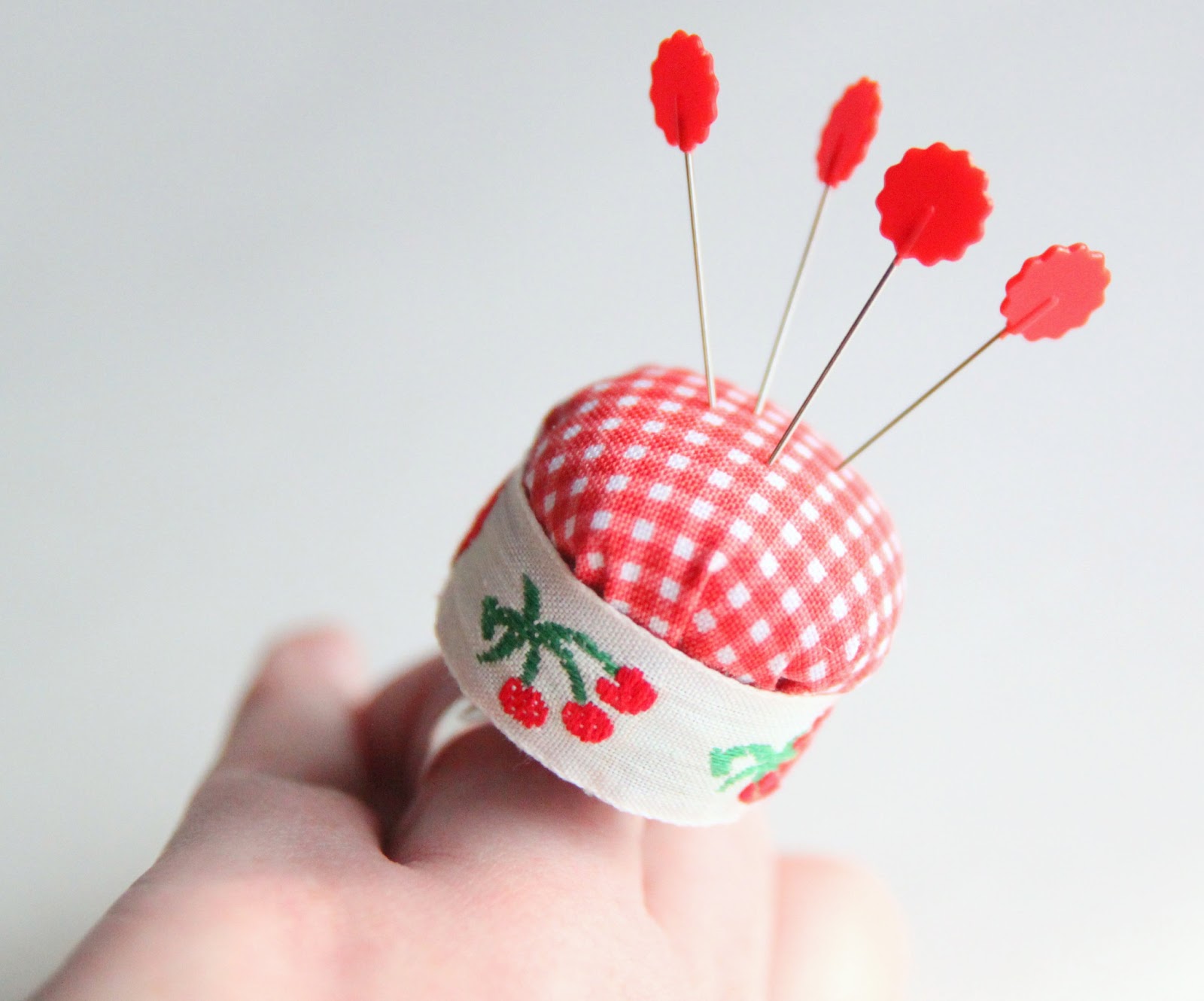
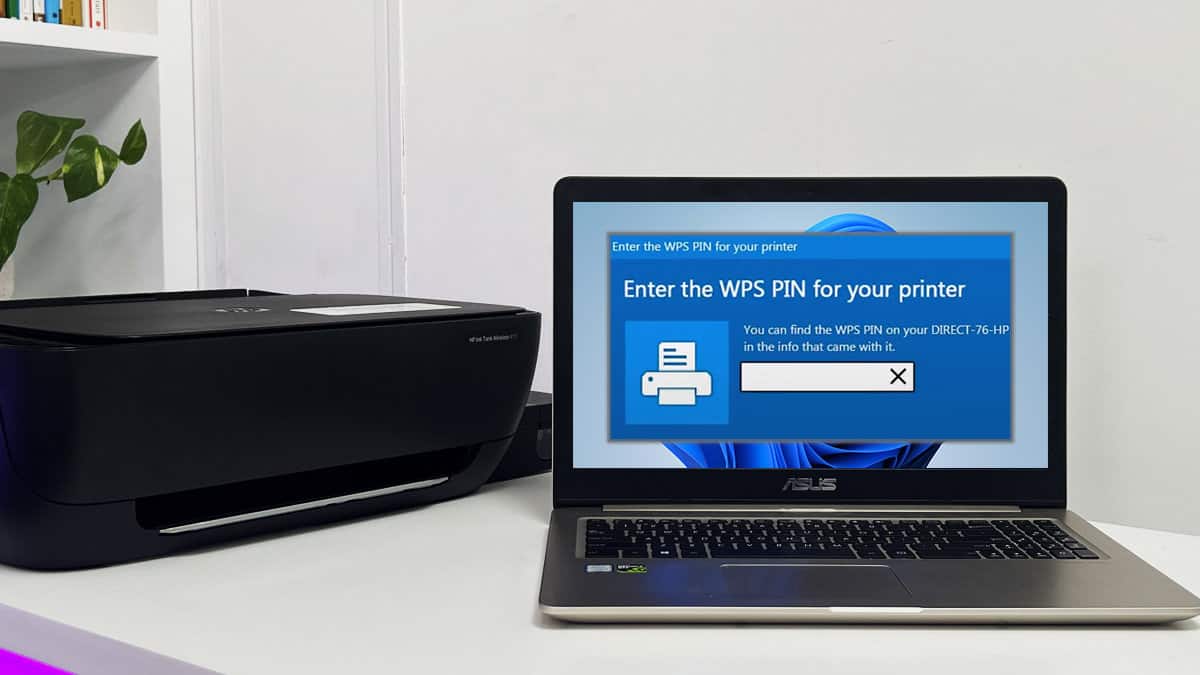

0 thoughts on “How To Store Pin Collection”